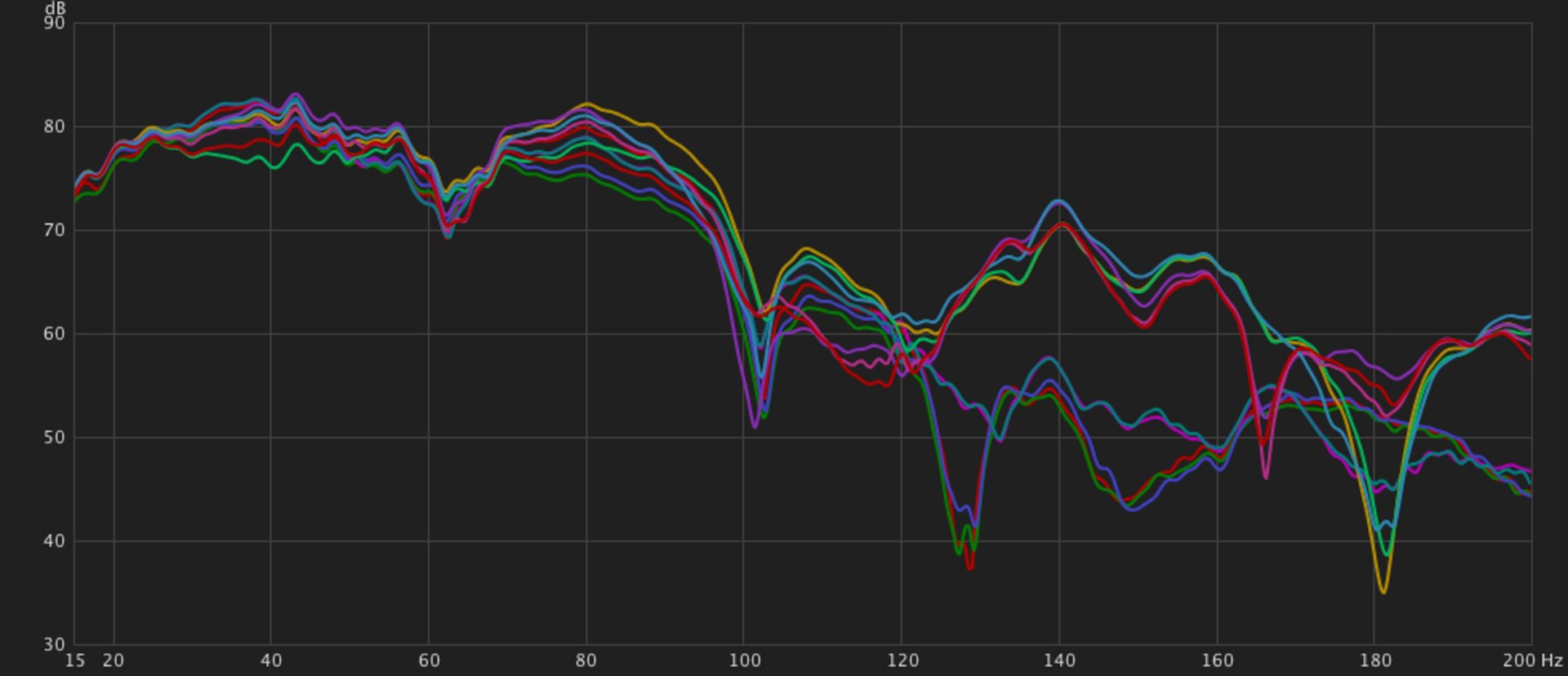Like many people, the flagship 4ms modules, Spherical Wavetable Navigator (SWN) and Spectral Multiband Resonator (SMR), immediately grabbed my attention upon first laying eyes on them. They’re beautiful, engaging, sound mesmerizing, and perhaps most importantly, full of blinkenlights. The best demos show the promise of drone heaven and the frolicking of gently pinged filters. Everything about them induces the worst sort of GAS.
The SMR was one of my first large Eurorack purchases. The second I heard the first demo of it on a YouTube video I was absolutely hooked. I wanted the sound of Fantasy Land (not to be confused with Fantasyland). Ringing bells harmonizing about as I modulate and play with sliders, so I found a decent deal on one and pulled the trigger.

Those first few patch dates were rough. The complexity of Modular synthesis in general still all but totally eluded me. I had very little understanding of voltage ranges, attenuators and offsets, and properly using CV. To add on, the SMR has the learning curve of a steep cliff, with deep shadows under every knob turn and flick of a switch. It’s incredibly dense, and highly intimidating for a beginner, so after those first few forays I put it aside with the hopes that I might revisit it when I could more properly understand how to use it. I tried again about a year later and had better results, but still not satisfying ones. Certainly not worth the money it costs or space it occupies. I thought of selling it, but those demos….
Fast forward to the end of summer 2023. The HS baseball season was over (I keep score for a local HS team and travel with them, and then do it again for summer ball) and I once again had some time to mess about with my synth. But instead of trying to play with the SMR and get something useful, I gave in to a serious case of GAS and ordered a SWN, the SMR’s sister module of equal beauty, size, cost, and complexity, along with equally beautiful sounds emanating from within its spheres. No one ever accused me of being smart.

But this time I took a different tact before trying to use it. Rather than simply plugging in cables to see what happens, I watched 2 demo videos by the ever-engaging Red Means Recording and loopop; over and over and over, while having the manual open to refer to the official documentation when needed or desired. I wanted to understand what this beast was and how it worked, not just have an idea of what it can do. Before I ever patched a single cable I’d watched the videos at least a dozen times, and read the manual in depth so that I might have a solid grasp of the controls.
I’m glad I did that. During my first session at the controls, I only needed to consult the manual for the different LFO and scale color coding. The controls were easy, and in some ways, already ingrained. I knew which knob I needed to twist for browsing the wavetables, and how to use the same knob to select a different wavetable sphere. Instinctively I knew how to change chords. The session seemed to flow easily and it was a good time, however brief. Who knew that RTFM was a good idea?





The next day I had more time, and I was due for a longer session on the synth. Being that I’d just recently finished a 3u 84hp subsystem dedicated to 4ms , I was eager to get to patching it in a more unified way. So I was off to the races. Not just with the SWN, but I was determined also to use the SMR in conjunction. My understanding of synthesis has come a long way since my first time sitting down with it, and I wanted my longing for something beautiful out of the SMR to finally be realized. Plus, because of my newly found understanding of the SWN, I had an idea. 💡

Although I’m sure that this idea is as far from original as could be, it was still an idea that I came up with independently, and I was determined to run with it. Those 6 Level CV inputs on the SMR just so happen to correspond to 6 LFO outputs that can send envelopes, gates, or triggers. Surely 4ms didn’t design this pair this conveniently on purpose!
And it was brilliant. The patch starts with continuous pinging of each filter in succession, while modulating the Spread which sends the pinging melody up and down the scale in very interesting ways. It’s then mixed with a drone from the SWN while modulating the areas within the wavetable sphere. The 4ms Dual EnvVCA was used to modulate the Scale on SMR, which was itself modulated by one of the envelope followers. Dual EnvVCA was also used to slowly modulate the wavetable. Everything was sent to both delay and reverb. There are loads of cables in this patch, but it wasn’t terribly difficult.

Modules Used:
4ms Spherical Wavetable Navigator
4ms Spectral Multiband Resonator
4ms Dual EnvVCA
Vongon Polyphrase
Vongon Ultrasheer
Performed and recorded in 1 take in AUM via the Expert Sleepers ES-9.



